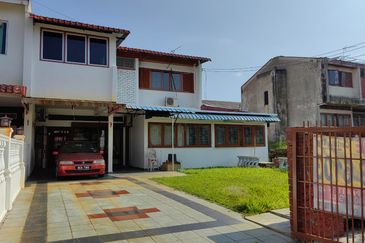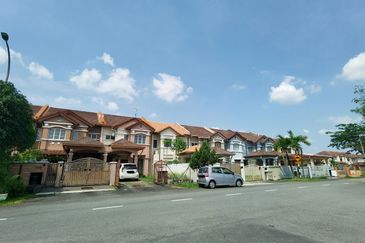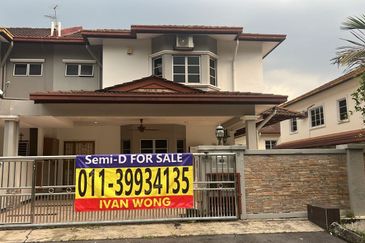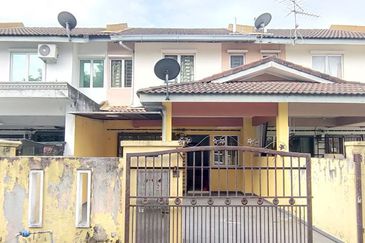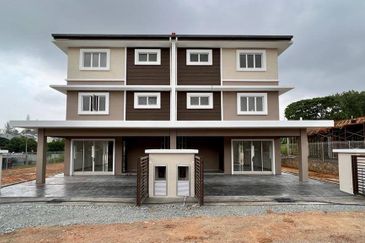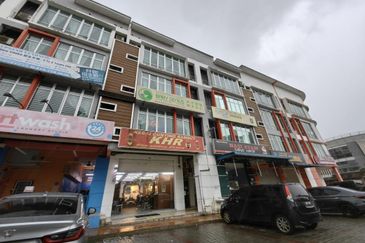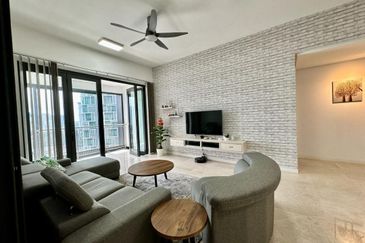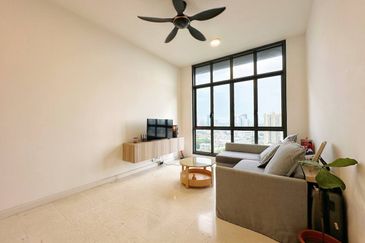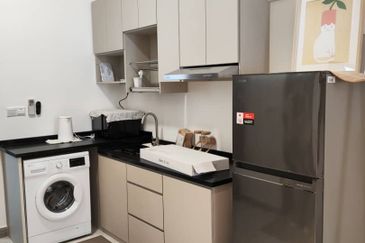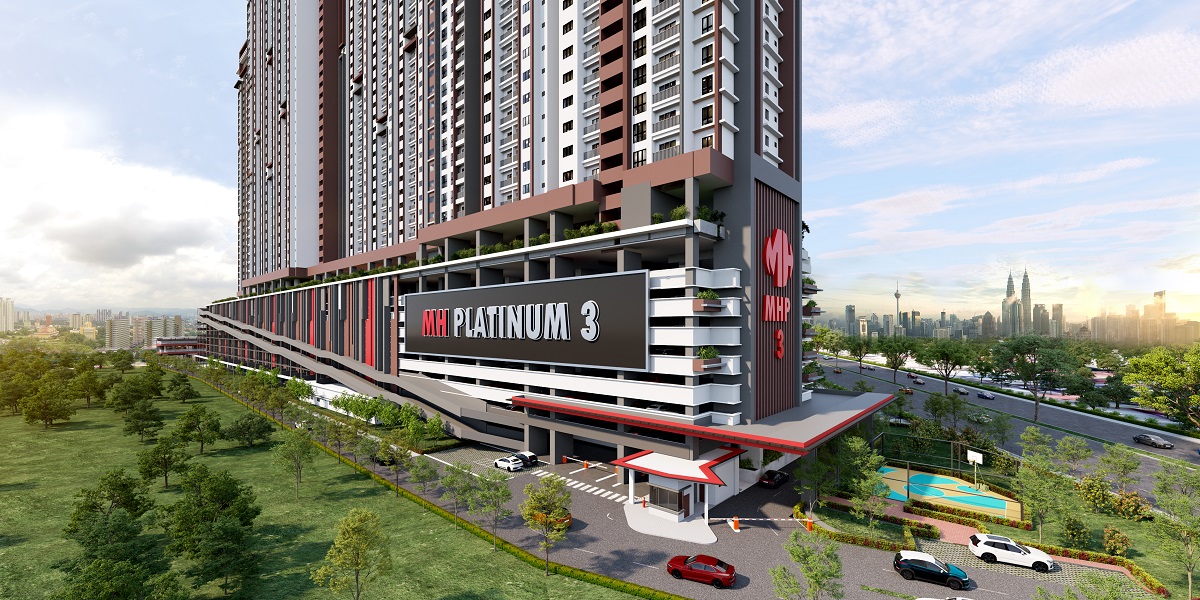2012 WAS a sluggish year in terms of economic growth, largely because of high interest rates and poor industrial production, which impacted sentiments and investor interest across businesses, including real estate.
As has been the case in the past, the larger cities of Mumbai and NCR-Delhi recorded healthy absorption of residential units during 2012 with a 60% contribution to overall absorption. Chennai and Pune were two other cities that increased their share of absorption in 2012 to 26% from the 23% recorded a year ago. From a pricing perspective, average residential capital values in 2012 appreciated in a range of 1% to 3% y-o-y.
In the commercial sector, the secondary business districts (SBD) of Mumbai, Bangalore and Pune, followed by the central business districts (CBD) of Bangalore and Gachibowli in Hyderabad, began emerging as landlord markets. This is primarily because these areas have a lower-than-average vacancy level from a national perspective, and relatively higher rental value change compared with the corresponding trough levels of the past.
The suburban business districts of NCR-Delhi, Mumbai, Chennai and Kolkata, which have higher-than-average vacancies, remained occupier-friendly markets. Higher vacancy expectations continue to exert short-term pressure on rental value growth. The cautious occupier sentiment that resulted from the ongoing global uncertainties was one of the key reasons behind slow commercial property leasing activity in the major cities of India.
With an operational stock of close to 65 million sq ft YTD, retail mall supply across the top seven cities of India slowed considerably compared with the supply recorded in 2011. Mumbai, NCR-Delhi, Bangalore and Chennai together absorbed 81% of total retail space in 2012, up from their consolidated 70% absorption in 2011.
Retailers in cities like NCR-Delhi, Mumbai and Bangalore continued to actively lease space in superior quality malls due to the limited availability of new space and low vacancy rates in existing prime malls.
In 2013, residential developers will begin pricing their projects more judiciously, offering buyers attractive pre-launch benefits in a bid to accelerate the sales momentum in the initial months following a launch. Developers with large-scale projects with a greater share of unsold inventory will be under greater pressure to offer discounts than those with smaller projects and limited inventories.
Most of the cities of India will see an increase in residential launches in 2013 while Bangalore and Chennai will witness a decline in launches compared with 2012. It is important to note that these two cities recorded a historical high in terms of the number of launches in 2012.
New organised retail project completions will increase 109% y-o-y. Chennai, Hyderabad, Kolkata and Pune will take 53% share of the country's overall mall supply in 2013. This is because a sizeable number of expected completions in 2012 has been pushed to 2013. Mumbai, NCR-Delhi, Bangalore and Chennai will account for 70% of total retail space absorption while Pune, Hyderabad and Kolkata will take the remaining 30%.
The much-debated policy on foreign direct investment (FDI) in the multi-brand retail sector was finally implemented in September 2012. The policy permits FDI of up to 51% in this sector, which will be a major driving factor for increased activity in 2013 and positively impact the absorption of retail space over the next 12 to 24 months. The absorption is forecast to touch 6.8 million sq ft and 7.1 million sq ft in 2013 and 2014 respectively.
The power exchange and civil aviation (and also broadcasting) sectors have been permitted FDI in a bid to improve efficiency and productivity. In a time when liquidity is down and the performance of various sectors is deteriorating, a shot in the arm for power and aviation will have positive (albeit only over the long term) ramifications for the real estate sector.
This story first appeared in The Edge weekly edition of Dec 24-31, 2012.
As has been the case in the past, the larger cities of Mumbai and NCR-Delhi recorded healthy absorption of residential units during 2012 with a 60% contribution to overall absorption. Chennai and Pune were two other cities that increased their share of absorption in 2012 to 26% from the 23% recorded a year ago. From a pricing perspective, average residential capital values in 2012 appreciated in a range of 1% to 3% y-o-y.
In the commercial sector, the secondary business districts (SBD) of Mumbai, Bangalore and Pune, followed by the central business districts (CBD) of Bangalore and Gachibowli in Hyderabad, began emerging as landlord markets. This is primarily because these areas have a lower-than-average vacancy level from a national perspective, and relatively higher rental value change compared with the corresponding trough levels of the past.
The suburban business districts of NCR-Delhi, Mumbai, Chennai and Kolkata, which have higher-than-average vacancies, remained occupier-friendly markets. Higher vacancy expectations continue to exert short-term pressure on rental value growth. The cautious occupier sentiment that resulted from the ongoing global uncertainties was one of the key reasons behind slow commercial property leasing activity in the major cities of India.
With an operational stock of close to 65 million sq ft YTD, retail mall supply across the top seven cities of India slowed considerably compared with the supply recorded in 2011. Mumbai, NCR-Delhi, Bangalore and Chennai together absorbed 81% of total retail space in 2012, up from their consolidated 70% absorption in 2011.
Retailers in cities like NCR-Delhi, Mumbai and Bangalore continued to actively lease space in superior quality malls due to the limited availability of new space and low vacancy rates in existing prime malls.
In 2013, residential developers will begin pricing their projects more judiciously, offering buyers attractive pre-launch benefits in a bid to accelerate the sales momentum in the initial months following a launch. Developers with large-scale projects with a greater share of unsold inventory will be under greater pressure to offer discounts than those with smaller projects and limited inventories.
Most of the cities of India will see an increase in residential launches in 2013 while Bangalore and Chennai will witness a decline in launches compared with 2012. It is important to note that these two cities recorded a historical high in terms of the number of launches in 2012.
New organised retail project completions will increase 109% y-o-y. Chennai, Hyderabad, Kolkata and Pune will take 53% share of the country's overall mall supply in 2013. This is because a sizeable number of expected completions in 2012 has been pushed to 2013. Mumbai, NCR-Delhi, Bangalore and Chennai will account for 70% of total retail space absorption while Pune, Hyderabad and Kolkata will take the remaining 30%.
The much-debated policy on foreign direct investment (FDI) in the multi-brand retail sector was finally implemented in September 2012. The policy permits FDI of up to 51% in this sector, which will be a major driving factor for increased activity in 2013 and positively impact the absorption of retail space over the next 12 to 24 months. The absorption is forecast to touch 6.8 million sq ft and 7.1 million sq ft in 2013 and 2014 respectively.
The power exchange and civil aviation (and also broadcasting) sectors have been permitted FDI in a bid to improve efficiency and productivity. In a time when liquidity is down and the performance of various sectors is deteriorating, a shot in the arm for power and aviation will have positive (albeit only over the long term) ramifications for the real estate sector.
This story first appeared in The Edge weekly edition of Dec 24-31, 2012.
SHARE
TOP PICKS BY EDGEPROP
SALE
FEATURED

Taman Nusa Sentral
Iskandar Puteri (Nusajaya), Johor
RM 950,000
4 beds |
3 bath |
sqft
SALE
FEATURED

Eco Botanic
Iskandar Puteri (Nusajaya), Johor
RM 1,100,000
4 beds |
3 bath |
1700 sqft
SALE
FEATURED
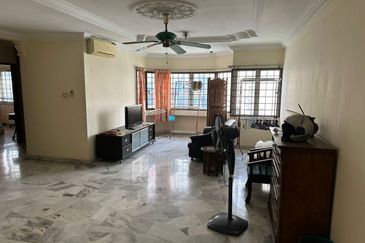
De Tropicana Condominium
Kuchai Lama, Kuala Lumpur
RM 288,000
3 beds |
2 bath |
968 sqft
RENT
FEATURED

TriTower Residence @ Johor Bahru Sentral
Johor Bahru, Johor
RM 2,800
2 beds |
2 bath |
926 sqft
RENT
FEATURED

TriTower Residence @ Johor Bahru Sentral
Johor Bahru, Johor
RM 4,000
2 beds |
2 bath |
942 sqft



